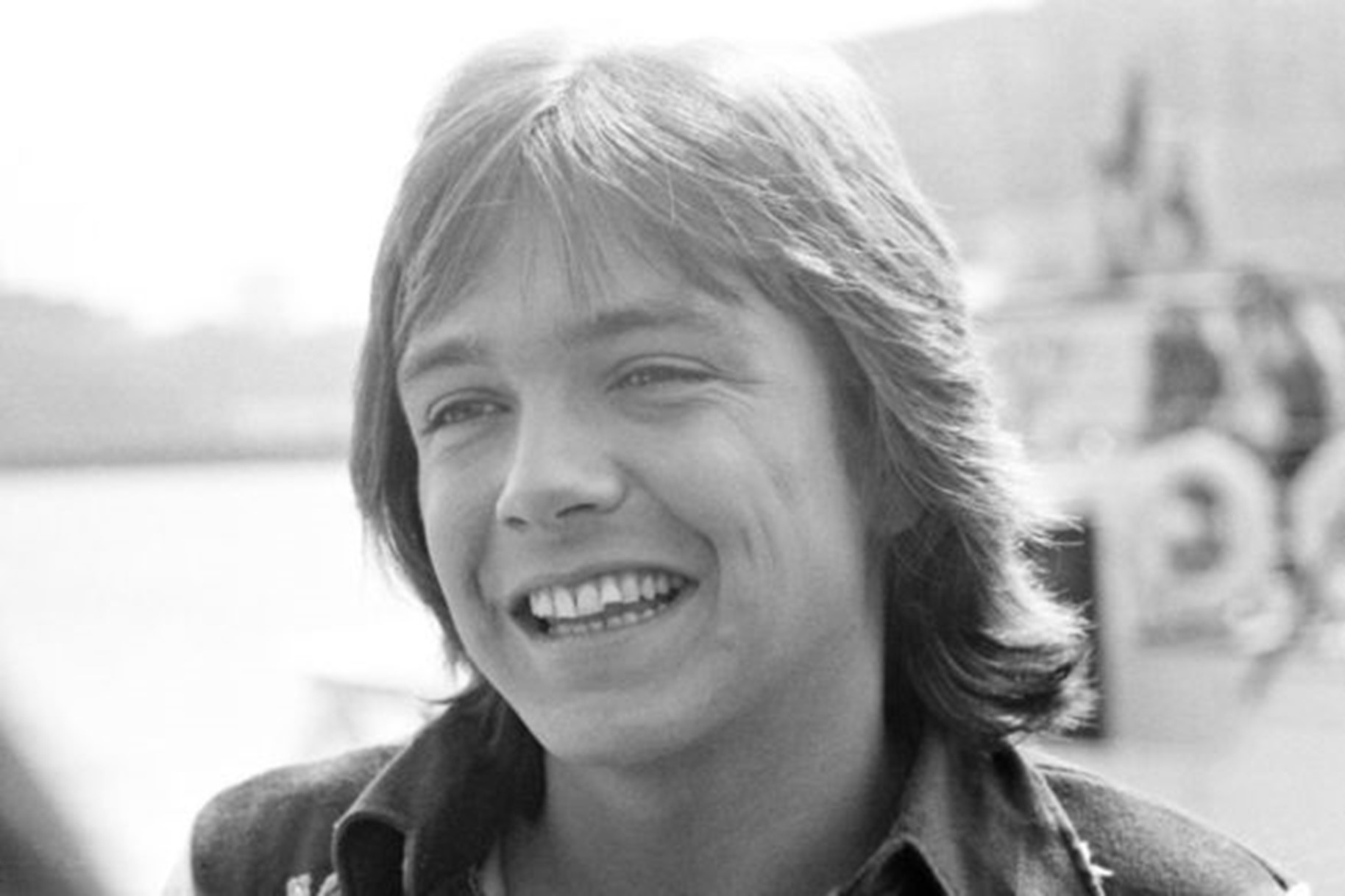
David Cassidy on the Web
‘The Partridge Family’: David Cassidy Said a First Rolling Stone Piece ‘Wasn’t Controversial Enough’
March 28, 2021
By Suzanne Halliburton
https://outsider.com/news/entertainment/

Partridge Family star David Cassidy really wanted to shake his clean-cut. And he thought he could do so with an interview with Rolling Stone.
Except years later, Cassidy said he thought the magazine believed its first story wasn’t “controversial enough” so they assigned another reporter to do the article.
First, some background on Cassidy, the Partridge Family and Rolling Stone, with its infamous cover of the TV/pop star.
The Partridge Family premiered in September, 1970. It was about a family of five kids raised by a single mother. The family sang together and toured on a wildly painted school bus. Cassidy was Keith Partridge, the oldest son and lead singer of the group. As Cassidy explained, he was 20 years old and playing a 16-year-old. His audience was teens and tweens who covered their walls with David Cassidy posters from Tiger Beat magazine.
Partridge Family and David Cassidy Boasted Biggest Hit of 1970
The first song from the The Partridge Family was “I Think I Love You.” It was the most played song of 1970.
Meanwhile, Rolling Stone covered real music, not the bubble gum stuff. The magazine was cool and edgy. An interview with them could solidify Cassidy as a rock star and not as someone who lip-synced on a TV show.
The David Cassidy cover certainly caught the eye of anyone who saw it on the newsstand or grocery store checkout aisle. Photographer Annie Liebovitz shot Cassidy in the nude. Editors cropped the photo just below Cassidy’s navel.But Cassidy said he always had a problem with the story. It mentioned there was a smell of pot in his dressing room after a sold-out concert at Madison Square Garden. That did go against his Partridge Family image, but not the way he wanted it.
“I liked women, and I was 21 or 22 at the time, but I was playing sixteen,” Cassidy recalled in 2009. “I was playing this white knight kind of thing. One of the photographers that was on the road with me had been smoking pot or something – not in my room but somewhere near me and (Rolling Stone writer) conveniently said there was a smell of (pot) smoke, trying to insinuate that I was getting high, which I certainly wasn’t. At the time, I couldn’t possibly have functioned or have done what I did. And that really always, always bothered me.”
Cassidy said he posed for the cover photo at his home two months later. He said Leibovitz “did brilliant, brilliant work and it became the largest selling issue of Rolling Ston ever at the time, until John Lennon’s death.
“It exploded because the pictures were fantastic,” Cassidy said. “That cutout centerfold is one of the most requested photos when she does her shows and galleries, she told me. It’s a beautiful photograph, even if I take myself out of it. She’s brilliant.”After Cassidy died in 2017, Rolling Stone revisited the 1972 cover story. This is how the magazine described the article.
“The piece details five days on the road with the young star, during which he smokes pot, encounters bisexual groupies, talks about the “sticky seats” left by his excited fans and impersonates an interviewer: “‘Being as you have an influence on young folks today, what advice do you have for them about drugs?’ Aw, shit, man, take drugs.”
“I thought it was a very good piece,” the magazine said Cassidy told them in 2006. “I wasn’t getting high at the time. If I did it, I’d tell you. But I wasn’t.”
